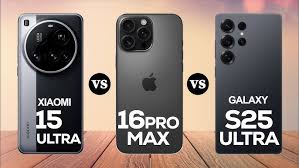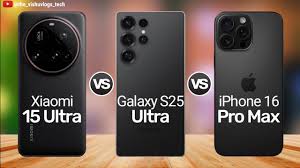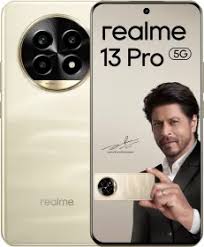

In 2025, the smartphone world is more competitive than ever. Traditional “flagships” like the Samsung Galaxy S25 Ultra, iPhone 16 Pro Max, and Xiaomi 15 Ultra continue to set the benchmark with top-tier innovation, build quality, and cutting-edge features. Yet standing beside them are the so-called “flagship killers” — budget premium devices like the OnePlus 13, Poco F6 Pro, and Realme GT6 — offering high-end specifications at a fraction of the cost.
But with the gap between premium and budget premium phones narrowing, a critical question arises: are flagship killers truly worth it in 2025?
The Evolution of Flagship Killers


The concept of a flagship killer isn’t new. It began in the early 2010s with brands like OnePlus, which offered near-flagship performance without the luxury tax. Over the years, more brands joined the race, and today, the term “flagship killer” represents a serious threat to the dominance of traditional premium phones.
In 2025, flagship killers boast:
– Snapdragon 8 Gen 3 or equivalent chips
– AMOLED LTPO 2.0 displays with 120Hz refresh rates
– 50MP+ main cameras with OIS
– Fast charging speeds above 100W
– Robust software support (up to 4 years of updates)
Clearly, on paper, these phones are closer than ever to true flagships.
The True Flagships: What Do They Still Offer?

While flagship killers have caught up in many areas, the true flagships still hold notable advantages:
– Top-Tier Cameras: Flagships feature larger sensors (like the 1-inch Sony LYT-900 in Xiaomi 15 Ultra), better periscope zoom, and advanced computational photography.
– Exclusive AI Features: In 2025, AI-driven features like on-device generative AI, live translation, and real-time video editing are often reserved for flagship models.
– Premium Materials: Titanium frames, ceramic backs, and IP68/IP69K ratings are common in premium phones.
– Optimized Software Ecosystems: Apple’s iOS 18, Samsung’s One UI 7, and Google’s Pixel UI integrate deeper services, better cross-device syncing, and unique optimizations.
– Long-Term Support: Flagships now promise up to 7 years of OS and security updates (especially from Samsung and Google), ensuring better longevity.
Ultimately, while specs may be close, the experience on a flagship often remains unmatched.
Are Budget Premium Phones Enough?
For many users, yes.
If your priorities are:
– Gaming
– Casual photography
– Fast charging
– Bright, smooth displays
– Saving $300–$600 compared to a flagship
…then a budget premium phone will absolutely serve you well. Phones like the OnePlus 13 or Poco F6 Pro deliver nearly 90% of a flagship’s experience at 60% of the cost. And with brands improving build quality and offering at least 3–4 years of updates, long-term usability is no longer a major concern.
However, for photography enthusiasts, power users who demand the best battery optimization, or those seeking prestige and cutting-edge innovation (foldables, AI integration, satellite connectivity), a true flagship is still the smarter investment.
Hidden Costs to Consider
There are hidden trade-offs with flagship killers in 2025:
– Camera Processing: Despite good hardware, cheaper phones often have weaker image processing pipelines.
– Update Speed: Budget premium phones often receive updates slower than flagship counterparts.
– After-Sales Service: Premium phones come with better service options like extended warranties, priority repairs, and exclusive perks.
You may save money upfront with a flagship killer, but in the long run, you might spend more on repairs, suffer a faster performance decline, or miss out on new AI-based features.
Conclusion: Who Should Buy What?
– Go for a flagship killer: if you want outstanding value, strong performance, and can live without bleeding-edge camera tech or exclusive AI features.
– Invest in a true flagship: if you want the best hardware and software integration, cutting-edge camera and AI innovations, and plan to keep your device for 5+ years.
In 2025, budget premium phones have never been better — but true flagships still remain a step ahead where it truly matters.
